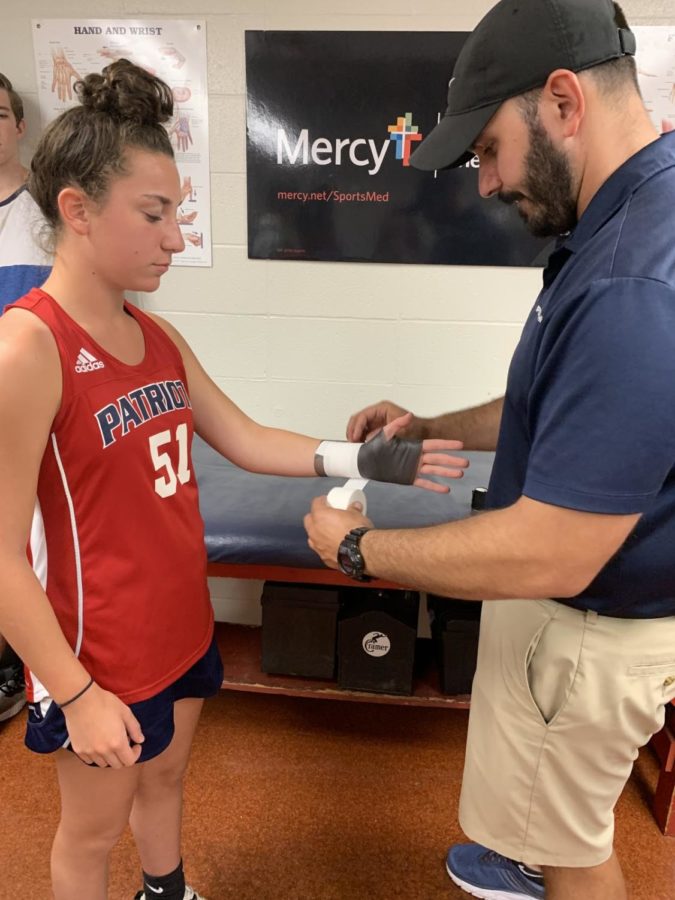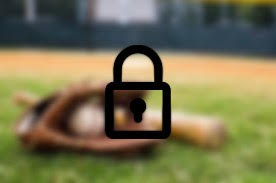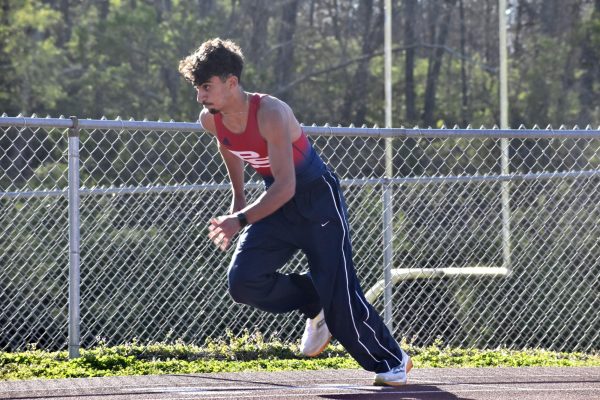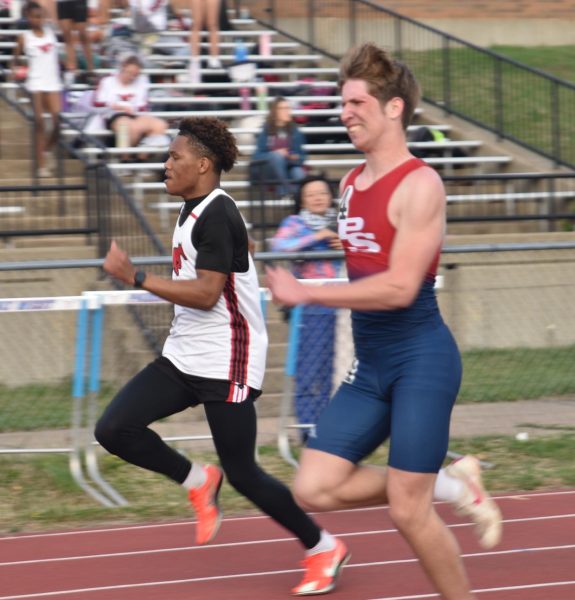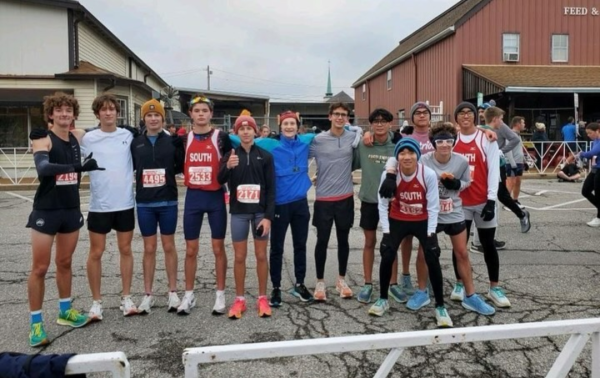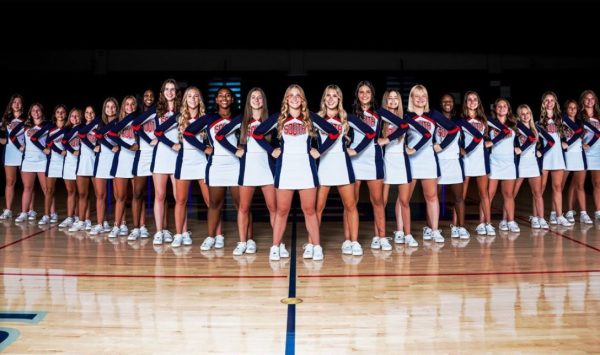Playing with pain
South athletes deal with many types of injuries on the field and court.
Trainer Mike Tzianos wraps the wrist of field hockey player Sophie Beckemeyer before a game.
As a young athlete, one of the hardest things to hear is that they can no longer participate in the thing they love doing most, whether that be dancing, football, basketball, or any other sport. Every injury has different painful results, but the disappointment of these injuries is the same for each athlete.
Juniors Mia Hackworth and Mason Lange both experienced sports-related injuries and had to learn how to recover. According to USA Today, an estimated 2 million injuries are accounted for in high school athletes. Within the large amount of injuries, there are an estimated 500,000 doctor visits and 30,000 hospilizations a year. There is no doubt that sports-related injuries in high school are becoming more apparent.
“Injuries are very common due to repetition. Most athletes only do one sport, which means that the same muscles are being used constantly,” said Hackworth.
The most common types of injuries in teens are sprains/strains, fractures, abrasions, and concussions according to USA Today.
Health teacher Jane Griesenauer, used to be a trainer. Her job consisted of working with teens on their injuries in order to prepare them to play their sport once healed.
“As a trainer I would figure out if the injury is life threatening, do testing to figure out what the injury was, and then bring down any swelling to prepare the athlete to play again,” she said.
According to Griesenauer, the reason why younger teens experience sports-related injuries is because their bodies are still growing. Older teens are prone to injuries because they try to do more than what their body can handle.
“Teens should follow the rules of their sport and make sure they are prepared for their sport. If they aren’t 100% ready they should let their coaches know,” she said.
Hackworth was a competitive skater from 4th grade to 9th grade, where she lived away from home and did an online school program. However, she was unable to continue after she suffered a serious knee injury in 8th grade that escalated over time.
She said at first doctors thought it was just an overuse injury, but after receiving an MRI it was clear that the severity was much more intense.
“It was an 8-month recovery process with physical therapy every day, surgery, and using a CPM,” Hackworth said.
A CPM (Continuous Passive Motion) is a machine that is used to move and bend a joint without the patient having to use any effort, in this particular case Hackworth used it on her knee.
Hackworth was out of the skating scene for 14 months, but the injury has put an end to her competitive career. She currently is a part of the varsity dance team and lives a more normal life, however she is still facing struggles from her injury and feels pain on a daily basis.
Lange, on the varsity football team, strained his calf and hurt his knee. He first realized he had his injury at the football Jamboree before the season even started.
“I caught the ball and I ran into my defender and about six plays later they had to take me out of the game because I was limping,” he said.
Lange was out of football for two weeks. He was out for the first football game and was limited during the second game.
His treatment consisted of rolling out his calf as well as stretching, and icing his injury.
Both Lange and Hackworth believe that in order to recover quickly and safely, athletes need to take time to warm up/cool down, make sure to rest, and don’t rush the injury itself.
“It is important to listen to your doctors and trainers in order for an injury to become stronger and healthier again,” said Lange.


